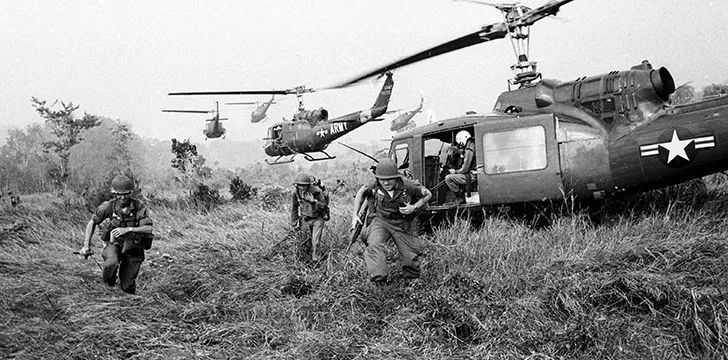A long war that began in 1955 and didn’t end until 1979, the Vietnam War is one of the most well-known conflicts of recent years.
There are many interesting facts about the Vietnam War which many people don’t know – let’s explore some of the lesser-known facts about this period of history.
The war had a huge impact on civilians.
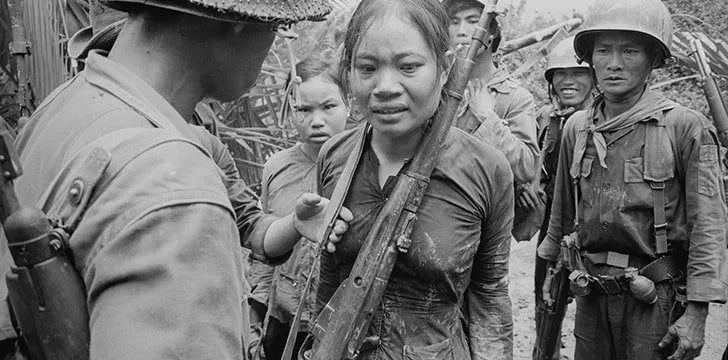
Although international law has many measures and regulations to prevent injuries and deaths to civilians, the sad reality is that it is often innocent civilians who pay the price for war.
The Vietnam War was a conflict between the North Vietnamese and the Viet Cong, and the South Vietnamese and the United States of America.
However, Vietnamese civilians on both sides of the conflicts were killed, both combatants and civilians.
By 1995, Vietnam had realized the full scale of civilian harm during the war.
Over 2 million civilians from both the North and South had been killed, with over a million soldiers killed between all armies involved.
The Vietnam War left a legacy of unexploded bombs.
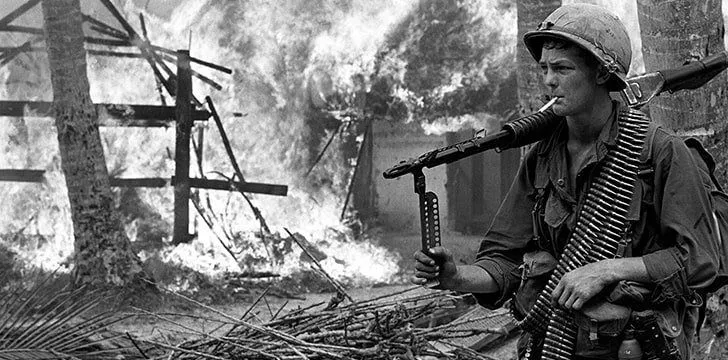
The Vietnam War was primarily between the North and South of Vietnam, but it didn’t end there.
Laos and Cambodia were heavily involved in the war, which meant their civilians paid a large price.
Laos is thought to be the most heavily bombed country in the world per capita, with an estimated 30% of cluster bombs remaining unexploded.
When the United Nations set the 2030 Agenda for the Sustainable Development Goals, they included an extra goal for Laos – to rid the country of dangerous unexploded items.
The Vietnam War started in a bid to unite the country.
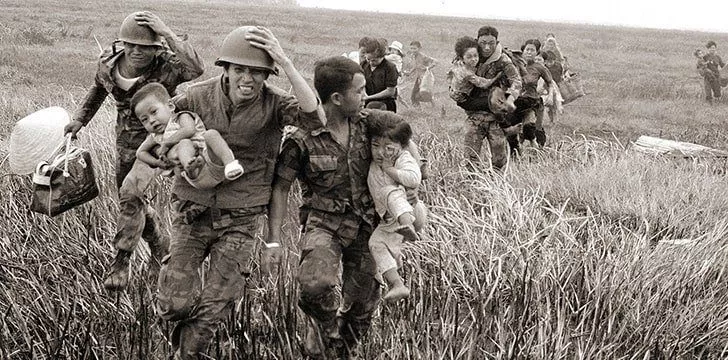
Before the Vietnam War, the North of the country was governed by a communist government, while the South was governed separately by a government that sought to align itself further with the West.
Since the Northern government wanted to unite the country, the Vietnam War started as a civil war, seeking to bring the North and South together and create a united Vietnam.
However, the North sought help from the Viet Cong from the South, while the South brought in help from the United States of America.
The fall of Saigon in 1975 was an important milestone, and the North was able to bring together the country at last with Ha Noi as the capital.
Vietnam fought back against the French rule.
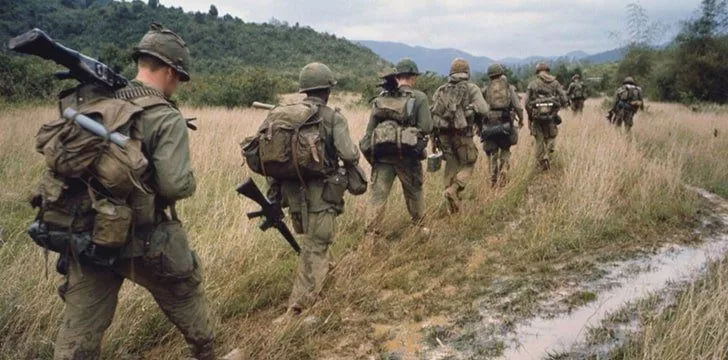
France had colonized Vietnam, Laos, and Cambodia, a group of nations that had become known as French Indochina.
The Democratic Republic of Vietnam had come into power in 1945 and sought to gain independence from France.
Since the Northern Vietnamese government wanted to make the country united and a communist state, the West grew worried at the prospect of yet another communist country, following in the footsteps of the Soviet Union and China.
States including France and Japan were concerned that if one country became a communist nation, other neighboring and nearby countries would closely follow.
In 1950, the United States supported the France army by sending aid and supporting the South Vietnamese troops.
A United Nations conference was held in Geneva to try and bring peace.
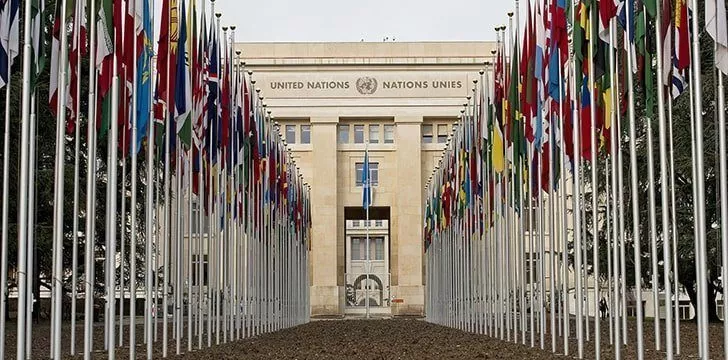
In 1954, countries came together at the United Nations in Geneva to explore how the French could withdraw from the country peacefully.
They agreed to hold a general election two years later in 1956, which would seek to unite the country in a democratic manner rather than through warfare.
However, the United States would not agree to Vietnam holding a general election since they feared the communist party in the north of the country might win.
The Viet Cong, a party from the South which supported the North, was not established until 1960 and plagued the South with guerrilla warfare.
The United States wanted to support South Vietnam’s efforts.
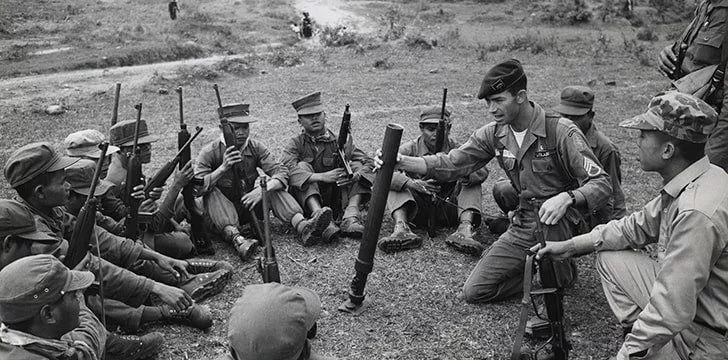
In March 1965, after the North Vietnamese had fired at two United States army vessels, President Lyndon Johnson decided it was time to step up their efforts to help South Vietnam overcome the North.
According to historians, the United States did not want to take over Vietnam but rather give enough support so that the South Vietnamese army could take on the North Vietnamese communists and defeat them.
As a result, the United States during the late 1960s didn’t invade the North or seek to cause further damage through attacks, but rather they focused on South Vietnam and how they could multiply the efforts of the Southern troops.
The Vietnam War saw a lot of guerrilla warfare.
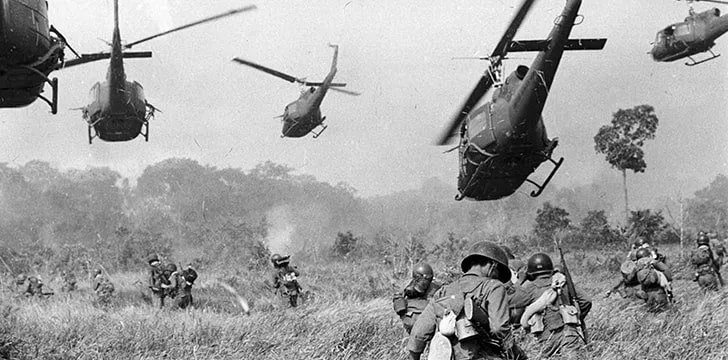
Although guerrilla warfare was not a new tactic, it was used heavily by the Viet Cong to support the northern government.
This made it difficult for their enemy to find them and involved setting up hundreds of booby traps which caused injuries and deaths to their opponents.
One of the main tactics of guerrilla warfare was to make it difficult for the enemy to discover their opponents.
This caused anger and frustration among many of the enemy troops in the South, who became unaware of who their enemies were and lost trust in their neighbors.
President Nixon had a different plan for the war.
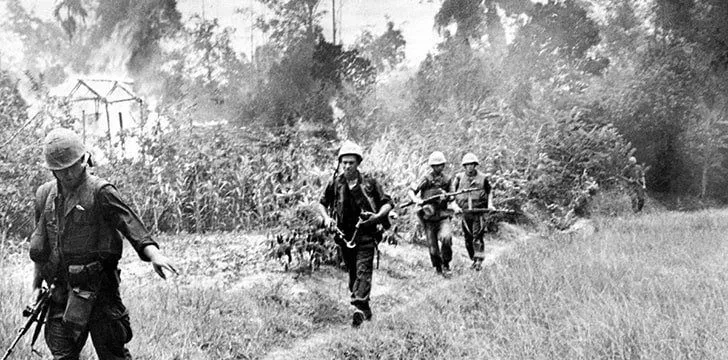
When Richard Nixon became President of the United States in 1969, he wanted to bring the US troops out of Vietnam and leave the fighting to the Vietnamese soldiers.
However, many US citizens disapproved of the move to invade Laos and Cambodia, promoting protests up and down the country.
North Vietnam eventually won the war.
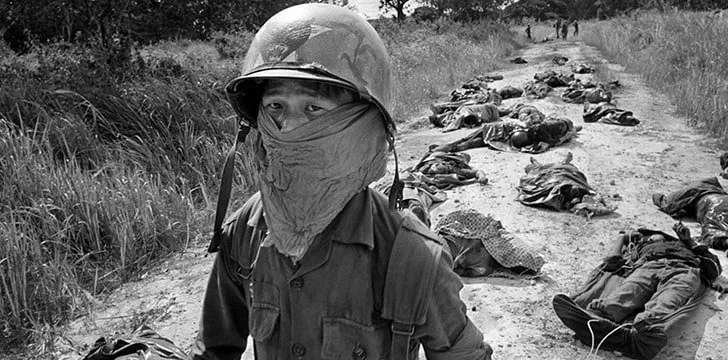
While many people know about the Vietnam War, not everybody knows how it ended.
After peace talks in Paris, the fighting in Vietnam continued until the South surrendered to the communist North in 1975.
This was partly due to the United States troops withdrawing two years previously, leaving the South too weak to continue on its own with any great strength or power to overcome the enemy.
In 1976, Vietnam was united as the Socialist Republic of Vietnam.
Sadly, the Vietnam War caused devastation and harm for thousands of civilians and soldiers and continues to be remembered as one of the world’s longest and most deadly wars.
Nowadays, Vietnam attracts plenty of tourists, many of whom come to pay tribute to those who lost their lives or visit the memorials but also to see the beauty of the country despite the historical conflict and tragedies.
